11 Technology Trends Retailers Ought To Know In 2023 For Prime CX
As technology continues to evolve, the retail industry is constantly looking for new ways to improve the customer experience (CX) and stay ahead of the competition.
In 2023, retailers will need to embrace emerging technologies to provide a seamless, personalised shopping experience that meets the changing needs and preferences of customers. After all, according to a survey by IBM, 77% of consumers say they have chosen, recommended, or paid more for a brand that provides a personalised experience.
From augmented reality and voice commerce to sustainable practices and omnichannel retailing, there are many technology trends that retailers ought to know in order to deliver prime CX.
In this blog post, we will explore 11 technology trends that retailers should be aware of in 2023, and how they can leverage these trends to improve the shopping experience for their customers and deliver better CX in the retail industry.
How Technology is Changing Retail
The impact of change in technology on retail industry consumer behaviour has transformed significantly. Along with avoiding in-store shopping due to health and safety concerns, consumers are turning to various online channels to educate themselves on brands and products, virtually try on products, seek reviews and gain trust in brands, and ultimately buy products. Technology in retail will be integral to providing the new- age consumer with a streamlined customer experience (CX).
How Technology Helps Retailers
Technology has revolutionised the retail industry in recent years, providing retailers with new tools and capabilities to improve the customer experience, streamline operations, and drive sales.
Here are some ways that technology helps retailers:
- Online presence - Technology has enabled retailers to establish a strong online presence, making it easier for customers to browse products and make purchases. ECommerce platforms, website builders, and social media platforms have made it easy for retailers to set up an online store and connect with customers.
- Data analytics - Retailers can now use data analytics tools to gain insights into customer behaviour, preferences, and buying patterns. This information can help retailers to personalise the shopping experience, optimise inventory, and improve supply chain management.
- Personalisation - Technology enables retailers to personalise the shopping experience for each individual customer, using data analytics, machine learning, and artificial intelligence to provide personalised product recommendations, targeted advertising, and personalised promotions.
- Mobile commerce - Mobile commerce has become increasingly popular, with more consumers using their smartphones to shop online. Retailers can use mobile apps, responsive design, and mobile-friendly payment options to provide a seamless mobile shopping experience.
- Omnichannel retailing - Technology has enabled retailers to adopt an omnichannel approach, providing customers with a seamless shopping experience across multiple channels, including online, in-store, and mobile.
- Automation - Retailers can now automate many of their processes, from inventory management and order fulfilment to customer service and marketing. This enables retailers to improve efficiency, reduce costs, and provide a more consistent and seamless shopping experience for customers.
Retail Technology Trends for 2023
Let’s take a look at 11 of the retail store technology trends that are revolutionising the retail industry so that you can create a robust strategy for prime CX for your business for 2023 and beyond.
1. Cloud Computing for Streamlined Customer and Internal Communications: This is the first of our technology trends in the retail industry! Retail businesses are continuing to shift operations to a hybrid cloud structure and implement cloud computing to unify remote-working processes, scale resources, and improve customer experiences while operating in an agile landscape. Cloud models like Unified Communications as a Service (UCaaS) help to streamline internal interactions with instant messaging, phone and video calling, and email all on one private network (VPN). Contact Centre as a Service (CCaaS) combines customer interactions across multiple channels onto the one cloud platform. This provides customers with fast redirection, response, and resolution time, ultimately enhancing the customer experience.
2. App Development for a Personalised and Convenient User Experience: Software as a Service (SaaS) has seen retail brands launch apps and provide online experiences to engage with the consumer in a more personalised, convenient and modern way. Providing a multi-channel experience is key to constant brand awareness and engagement in the new digital age. Offering rewards to consumers for downloading and using an app is an enticing way for brands to get customers to switch to software that can be updated to reflect the current demands and trends. Once the app is installed on a user’s phone, a brand is always in sight and mind.
ASOS markets its app on its desktop and mobile website, enticing online users to download it to experience a faster browsing and checkout experience. This is an example of one of the most significant fashion retail technology trends, and it shows us where the future is headed.
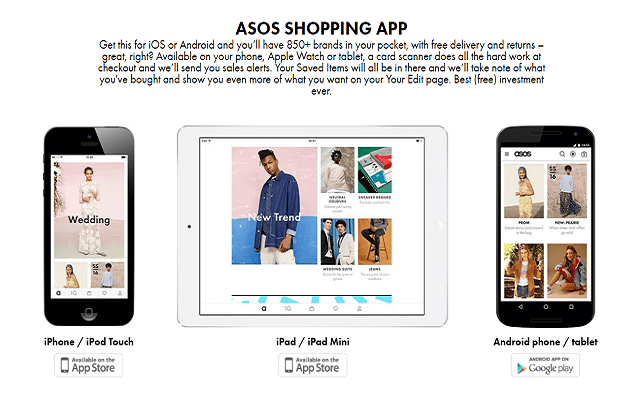
Image Source: Asos.com
3. Retailers offering BOPIS ‘Buy Online, Pick Up In-Store’: Retailers are merging two worlds to provide customers with a quick and convenient shopping experience. By Offering pick-up of purchased items from the brand’s physical locations, or alternate pick-up locations, it means customers don’t have to pay or wait for shipping, bringing them a sense of a ‘real-life’ shopping experience. It’s reported that over 50 per cent of adult shoppers use BOPIS.
‘Click & Collect’ has been essential for grocery stores and alike during the pandemic. Brands like Waitrose have online ordering systems that allow shoppers to buy groceries online and collect from their local Waitrose store.
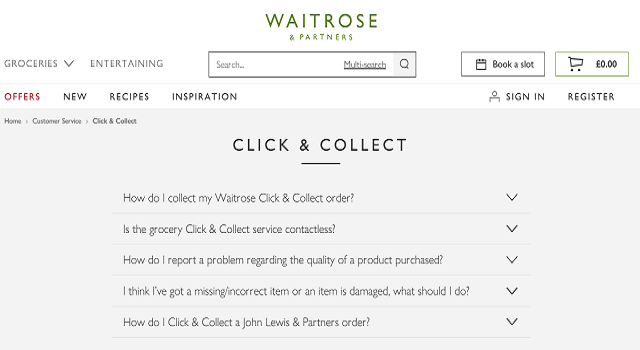
Image Source: Waitrose.com
4. Delivery Improvements: Consumers are well aware of the many brands offering free shipping and same/next-day delivery. Although it seems megastores have an advantage over smaller retailers, the smaller retailers are starting to utilise megastores to sell their products to provide the same experience, as well as implementing these delivery options on their own eCommerce. Streamlining the supply chain and efficiently managing warehouses and shipping locations is something that cloud computing has also had a major role in improving. Fast delivery of products to customers can help fill the void of an in-person and in-store experience they are unable to have.
According to a survey by ParcelHero, 62% of UK stores are now offering free delivery to their customers. Here are a few examples of UK stores that offer free delivery to their customers:
- ASOS - ASOS offers free standard delivery on orders over £35.
- Amazon UK - Amazon UK offers free delivery on eligible orders for Amazon Prime members.
- Marks & Spencer - Marks & Spencer offers free standard delivery on orders over £60.
- Next - Next offers free standard delivery to home, store, and parcel shops on orders over £65.
- John Lewis & Partners - John Lewis & Partners offers free standard delivery on orders over £50.
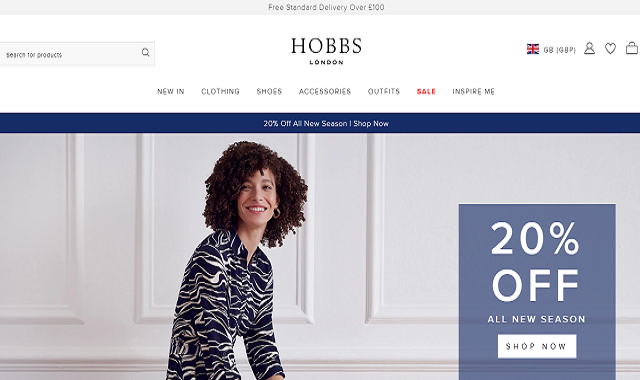
Image Source: hobbs.com/row
5. Brands Emphasising on Ethics and Values in Marketing: A Report by 5WPR have revealed that 71% of consumers prefer buying from brands that align with their values, and 64% of Gen Zers will pay more for eco-friendly products. Sustainability-focused and morally-conscious brands and marketing are increasingly influential on the behaviour of online browsers. Sharing brand values and sustainability initiatives will engage audiences, establishing an alignment between the brand and its community. Displaying genuineness and altruism online will gain the trust and affinity of consumers, leading them to feel more included to support the brand.
Iconic clothing brand Dockers communicates its sustainability initiatives to its audience to bring awareness to the impact fast fashion has on the planet, with water wastage and air pollution. Dockers use sustainably sourced and recycled fibres for clothing and have production techniques that use less water than traditional methods.
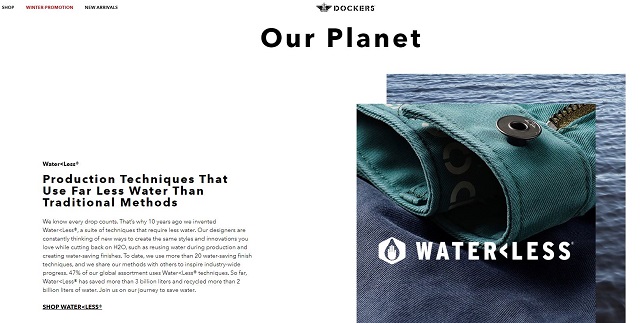
6. Omnichannel Experience: An omnichannel experience is when a brand has multiple customer touchpoints integrated, providing customers with personalised and simplified experiences, whether they're browsing in-store or from their phones or desktop. Maintaining brand messaging and ease of communication between all touchpoints, including email, website, chatbot, app, social media, phone and in-store, remains crucial in retail and eCommerce today and in the future.
Disney is a great example of an excellent omnichannel experience. While fans are unable to visit the Disneyland locations, Disney ensures an impressive all-encompassing experience online. People can watch shows and movies on all devices, use the interactive Disney+ app, plan holidays with the My Disney Experience tool, and enjoy a myriad of other features that are cohesive and offer a rich customer experience.
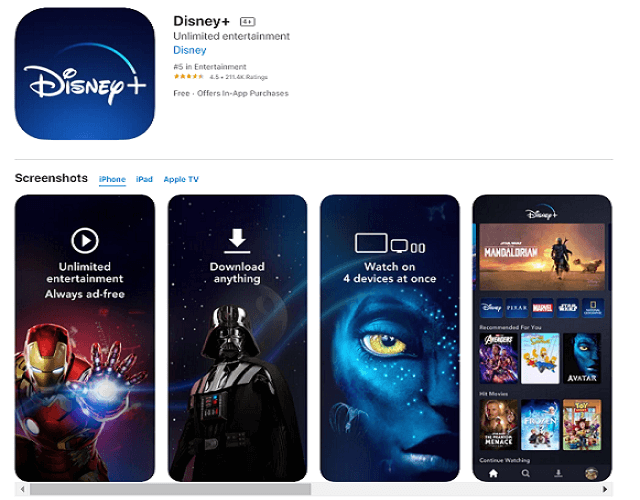
Image Source: Appstore
7. Product Tagging: Retailers need to look towards improving online product discoverability and increasing search engine click-through rates. This is where automatic product tagging in retail can help vastly. Automated product tagging helps customers easily browse your products, quickly finding what they’re searching for. Product tags are a set of attributes that add detailed definitions and information to enrich base-level product data, such as product titles and descriptions. By layering multiple tags per product, with SEO in mind, you can provide your website visitors with a better user experience.
Fashion brands can leverage automatic product tagging with detailed image tagging that improves simple tags like tops, pants, and shoes by adding colours, materials, styles, fits, sizes, and more.
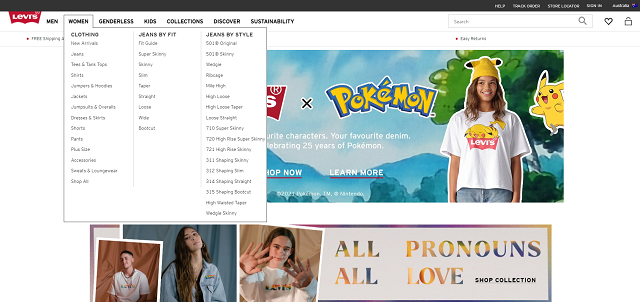
Image Source: Levis.com
8. Social Media Shops: Quick conversion is now more important than ever. By utilising shopping tools on social media platforms, you can bridge the gap between engagement and conversion, while creating a seamless customer experience. Facebook Shops provides small businesses with the opportunity to sell on its platform with customisable visuals and the ability to choose feature products to display. Brands can communicate with customers via Messenger, Instagram Direct and WhatsApp. Instagram Shops helps brands get discovered in the ‘Explore’ section of the platform, enabling app users to browse selections from their favourite brands and creators, filter by categories, and purchase products all in one place.
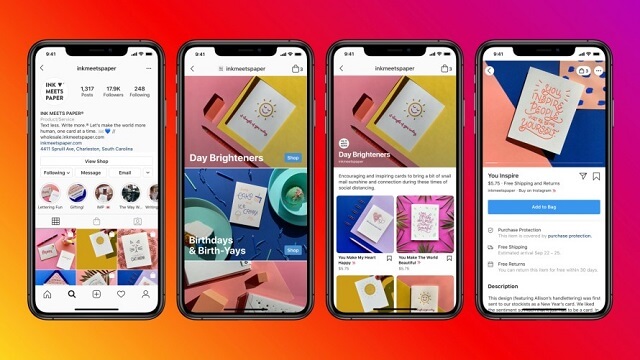
Image Source: Instagram.com
9. Chatbot Platforms: Chatbots are quickly becoming a query preference point as AI creates a more personalised, helpful and conversational experience on websites, so this is definitely one of the most significant retail CX trends. 60% of millennials are already using chatbots regularly to purchase products. Automated customer support has also been reported to cut operational costs by up to 30%, making it a cost-effective and efficient tool to implement in retail eCommerce to provide 24/7 customer assistance and satisfaction.
Estee Lauder has implemented live chat services to provide as responsive a service online as what their clientele would experience in-store.

Image Source: esteelauder.com
10. Multi-Sensory Shopping Experiences Using AR-Powered Technology: Shopify reported that interactions with products with AR features showed a 94% higher conversion rate than products without AR. Taking advantage of the AR features available online will give consumers a ‘phygital’ (physical and digital) experience – the convenience of online shopping complemented by the luxury of physical aspects such as trying on a product, seeing it in 3D and watching a person using or wearing the product.
Google’s new AR makeup try-on feature is a great example of this multi-sensory experience retailers can now provide online. This allows customers to interact with brands by virtually trying on products, such as different shades of lipstick and eyeshadow. This feature also enables users to watch product tutorials and reviews and to purchase the products all in one place. This will be a major competitive advantage in 2023, particularly in the beauty and cosmetic industries.
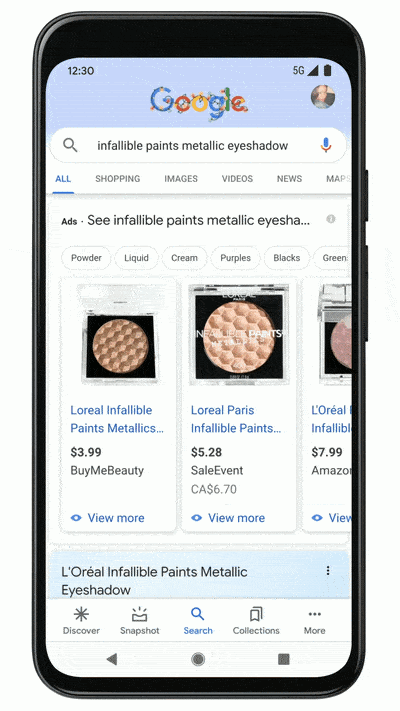
Image Source : blog.google
11. Google Multisearch: Finally, one of the biggest retail technology trends for 2023 is Google Multisearch. In April, Google announced this feature, which gives users the ability to search using images and text at the same time.
Going beyond the traditional search box, users can ask queries about what they see. This means customers are going to be able to ask questions about objects on the screen. They can also refine their search based on visual attributes, brands, or colours.
This is designed to make it easier for searchers to find the products they are looking for, whether a stylish summer maxi dress with a leaf print or a beautiful chandelier lighting with a rose gold finish.
This is one of the most significant trends for 2023 because it will change the way you optimise and showcase your products online. While the search function is still in the beta feature, it is the perfect opportunity for you to start refining your strategy so that you are ready for the entire rollout.
The Future of Retail Technology
Future retail technology is automatic, connected, digital, and personal. All brands need to be looking at ways to provide a memorable and engaging experience.
Customers expect to have the same sort of personal and enjoyable shopping experience they encounter in-store. This is one of the most significant customer experience technology trends at present. We have already seen a nod to this with the use of 3D images and “try-on” features, which enable people to see what a watch would look like, on, for example. With a “wrist view,” you can understand the proportions of the watch better and what it would look like while you are wearing it.
Automation also has a massive role to play in the future of retail technology. We’re talking about automation on every level possible, from connected inventory and logistics to customisation and data.
Digitising and automating your processes will enable you to run much more efficiently and grow your retail business to the next level.
What can we expect in the future?
The future of technology in retail is exciting and rapidly evolving, with retail technology trends 2023 giving us a taster of what’s to come. Some of the main things we can expect to see in the future are as follows:
- Artificial intelligence (AI) will continue to be a key technology in retail, with machine learning algorithms becoming more sophisticated and capable of handling more complex tasks, such as personalisation, fraud detection, and supply chain optimisation.
- Virtual and augmented reality (VR/AR) will become more common in retail, providing customers with an immersive and interactive shopping experience. This technology can be used to showcase products, provide virtual try-on experiences, and create virtual showrooms.
- Voice commerce, powered by virtual assistants like Alexa and Google Assistant, will become more prevalent, allowing customers to make purchases using voice commands.
- The Internet of Things (IoT) will continue to transform the retail industry, with connected devices and sensors enabling retailers to track inventory, monitor customer behaviour, and optimise store layouts.
- Sustainability will become an increasingly important focus in the retail industry, with retailers adopting more sustainable practices and promoting eco-friendly products.
- Robotics and automation will become more widespread in retail, with robots being used for tasks such as inventory management, order fulfilment, and customer service.
Overall, the future of technology in retail is exciting and full of potential. Retailers that are able to embrace emerging technologies and adapt to changing consumer preferences and behaviour are likely to thrive in the coming years.
Final Thoughts
The retail technology trends of 2023 highlight the consumers’ desires for a personalised, authentic, convenient and speedy shopping experience. Using data analytics and keeping updated on emerging technology and platforms will ensure your retail brand is drawing in its target audience, keeping the brand afloat and flourishing in 2023 and the digital age. We simply cannot underestimate the importance of digital technology in retail stores.
Subscribe To Us




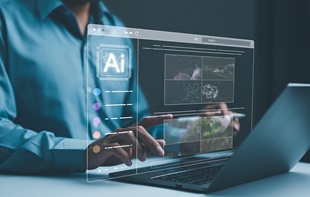
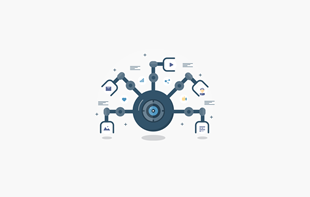
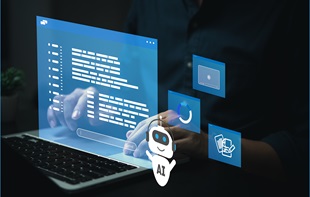
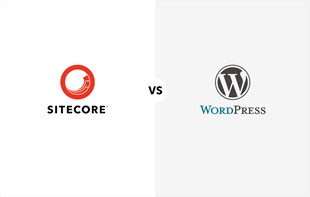
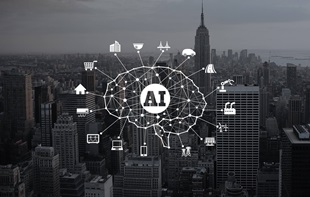

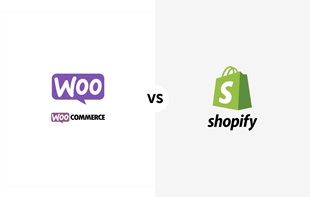




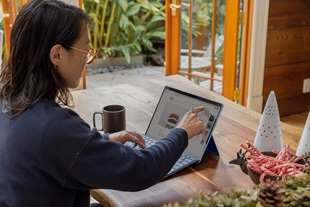
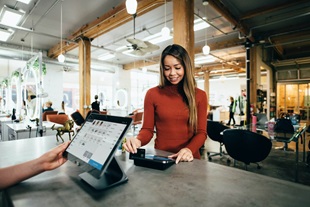

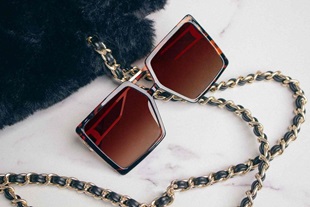
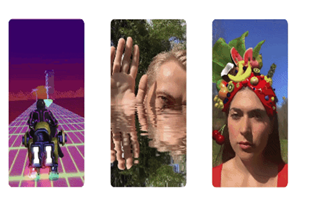
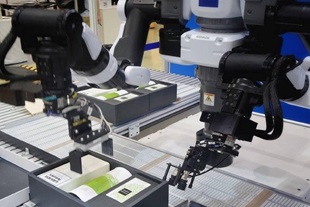


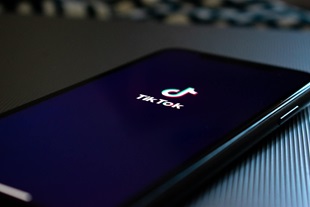
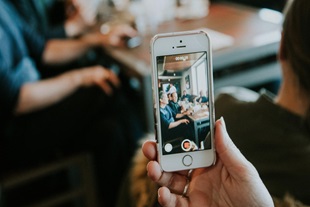
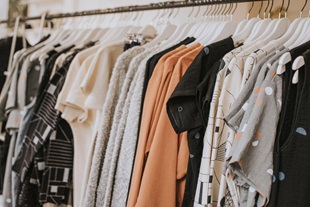
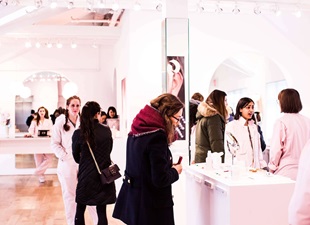


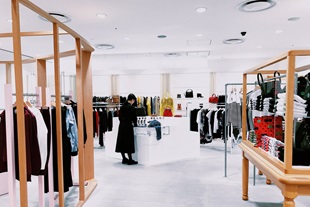
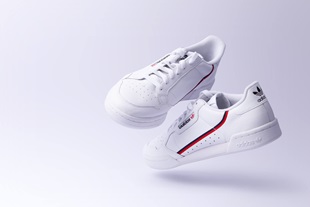
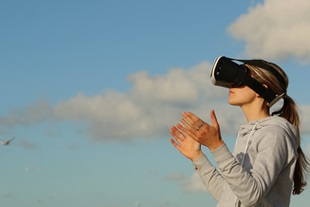


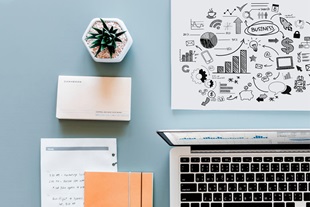

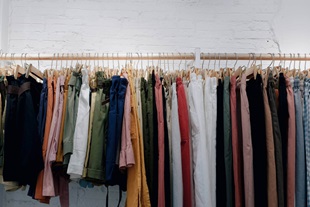

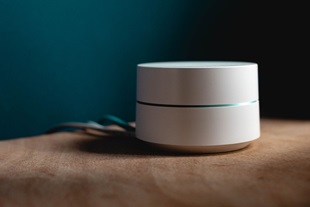

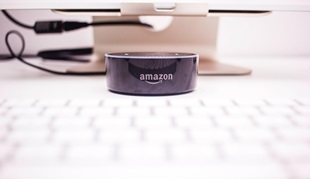
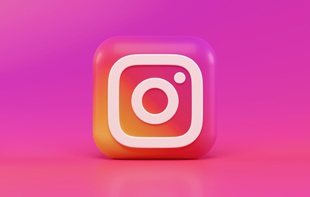
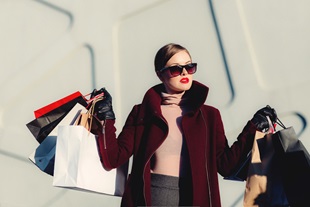




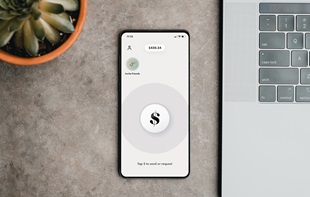

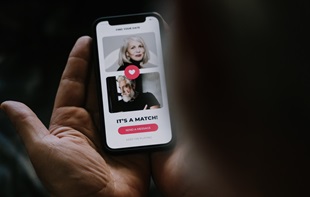
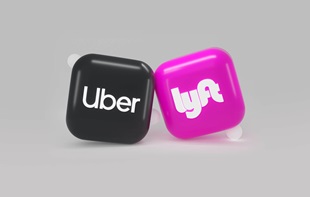
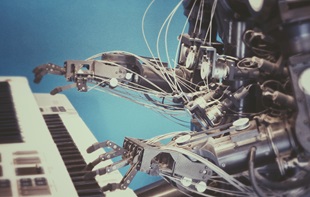
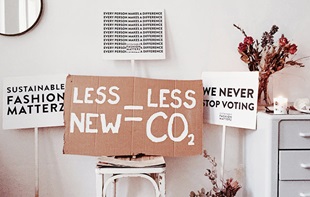
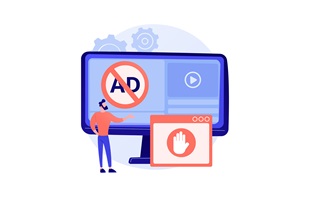
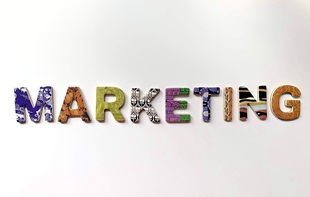
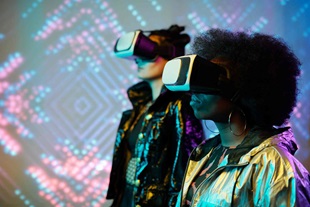



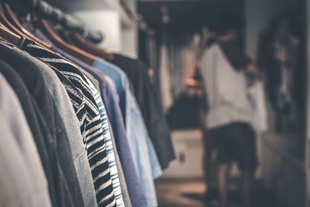

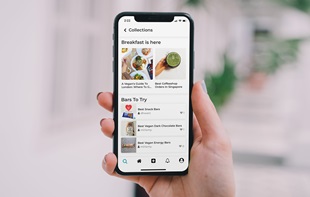
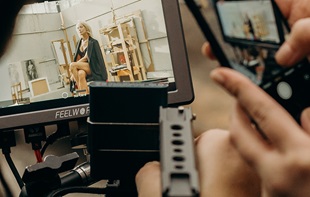
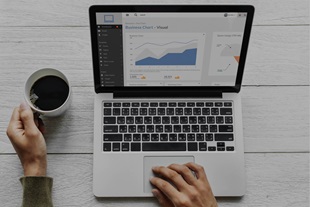
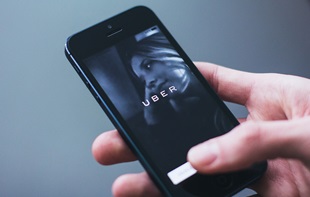

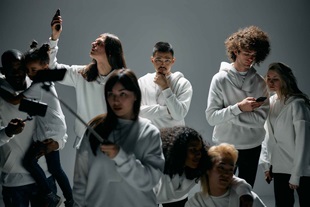
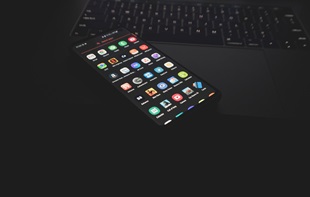
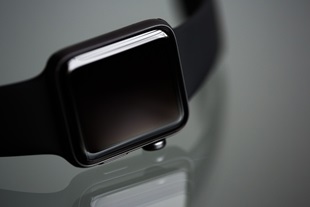
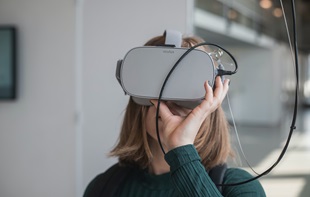
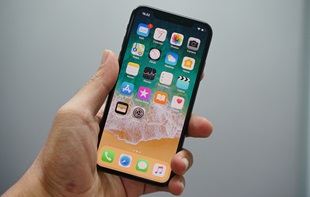
![The generation of me, myself and I – Me-commerce will remain strong. [Infographic]](/-/media/Appnova/BannerImages/mecommerce-cover/mecommerce-cover/The-generation-of-me-myself-and-I--Mecommerce-will-remain-strong.jpg?mw=310)



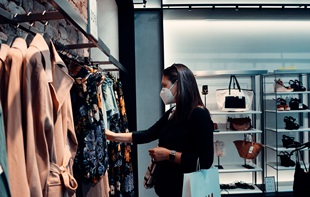
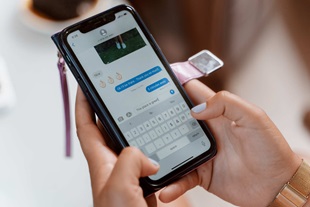
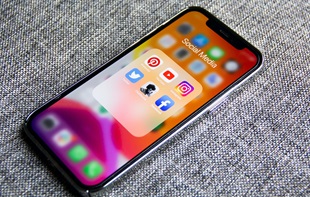
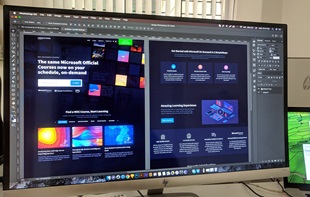


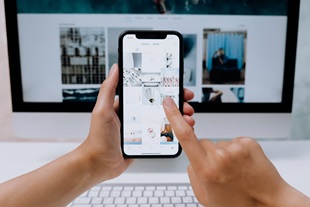
.jpg?mw=310)

0.Comments